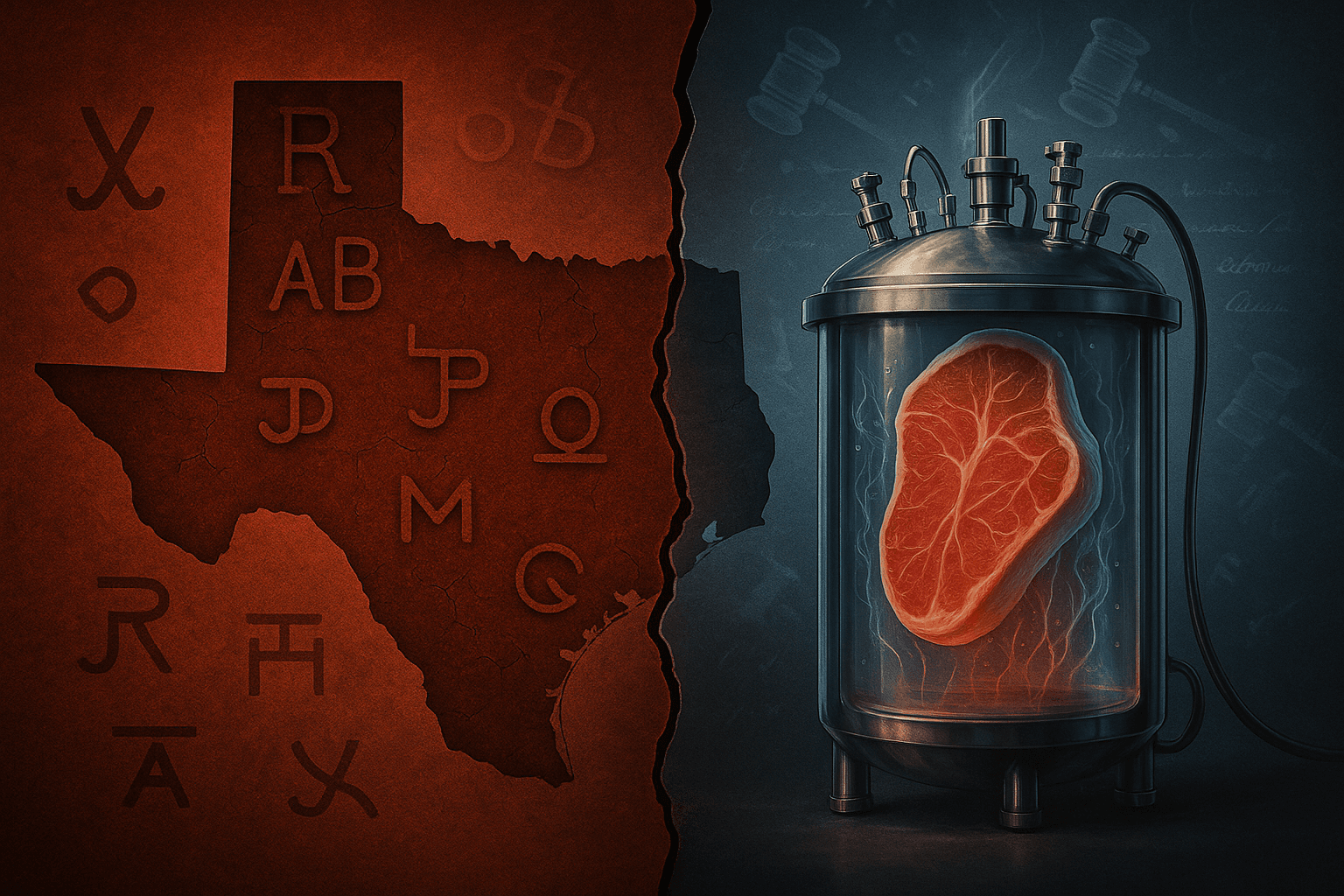Pairing a T-cell co-stimulatory brake with an inflammatory workhorse is an audacious idea. A handful of new readouts—plus a quietly advancing early-stage programme—suggest the race to make “combo-power” biologics work in skin disease has begun.
Dermatology has a habit of progressing in waves. A decade ago, IL-17 transformed psoriasis; in atopic dermatitis (AD), IL-4/13 blockade re-set expectations; and in hidradenitis suppurativa (HS), TNF and now IL-17 opened a path for responders. The next wave may come from bispecific antibodies—single molecules that hit two validated pathways at once. The most provocative entrant targets OX40L (a T-cell co-stimulatory ligand) and TNF-α (the classic inflammatory cytokine), with an early clinical dossier now large enough to interrogate.
Table of Contents
ToggleWhy pair OX40L and TNF?
The biological logic is straightforward. OX40L sits upstream on antigen-presenting cells, sustaining effector and memory T-cell responses; TNF fuels innate and tissue-level inflammation. Dual blockade aims to dampen both adaptive co-stimulation and downstream inflammatory amplification—attractive in HS, a relapsing disease with T-cell activation, neutrophilic influx, tunnels and biofilm-laden lesions that resist single-pathway control. Recent translational work underscores OX40/OX40L involvement in HS lesions and argues that combined OX40L+TNF inhibition could be beneficial; one program (SAR442970) has even advanced to Phase 2.
Prevalence lends urgency: HS affects about 1% of people on average worldwide (with wide geographic variation), inflicts deep QOL losses, and remains under-diagnosed.
The quiet mover: NAV-240’s first-in-human data
Navigator Medicines’ NAV-240—a tetravalent bispecific binding OX40L and TNF-α—finished a Phase 1a single-ascending-dose study in healthy volunteers and has begun a multi-dose Phase 1b. Safety looked clean in the SAD (no SAEs, no discontinuations; 1 possibly drug-related AE at the lowest dose), with linear PK and half-life estimates from ~6 to ~12 days. Population PK modeling suggested monthly dosing could maintain target trough levels in HS, which typically exhibits faster antibody clearance than psoriasis. A patient-facing study is slated after the current MAD cohort work.
Taken together, this is cautious but encouraging: tolerability so far resembles modern derm biologics, and PK/PD modeling offers a practical dosing hypothesis to test. The next material inflection will be patient data—in HS or another inflammatory dermatosis—showing whether dual-pathway inhibition buys meaningful incremental efficacy over single-target agents without new safety liabilities.

What big pharma is signalling
Large-cap moves around the OX40 axis are hard to ignore. On September 4, Sanofi reported that amlitelimab (anti-OX40L) met all primary and key secondary endpoints in the COAST-1 Phase 3 AD trial, with Q4W and Q12W schedules and a potential route to quarterly maintenance. The company highlighted a benign safety profile in that study and raised the prospect of “off-treatment efficacy.” While AD is a different biology than HS, the read-through is that OX40L blockade can generate clinically relevant disease control with infrequent dosing.
Separately, Amgen/Kyowa Kirin reported top-line results from the rocatinlimab (anti-OX40) long-term Phase 3 extension in AD on September 8, reinforcing momentum behind the axis even as details await a medical meeting.
And on September 15, Innovent previewed a different bispecific tack—IL-4Rα/OX40L—headed to EADV 2025 ePoster sessions, hinting at a broader bispecific dermatology pipeline emerging across geographies.
The HS benchmark NAV-240 must clear
Efficacy in HS has a clear yardstick: HiSCR (≥50% reduction in abscess/inflammatory nodules, with no increases in abscesses or draining tunnels). In PIONEER I/II, weekly adalimumab achieved ~42% and ~59% HiSCR at 12 weeks versus ~26–28% for placebo—useful, but still leaving about half of patients without a Week-12 response. IL-17 agents have since joined the armamentarium (secukinumab in 2023; bimekizumab in 2024). A dual OX40L/TNF agent will need to beat these response rates and/or sustain responses longer, with fewer injections, to justify its complexity.
Two contrasts will matter:
- Depth and durability. Does dual blockade push more patients to HiSCR75/90 or maintain HiSCR after dose-spacing—signals that have proven persuasive to prescribers?
- Dosing convenience. Monthly or even less frequent injections would be a tangible step-up from weekly adalimumab and could help adherence in a stigmatizing, painful condition.
Safety ledger: the TNF factor
No discussion can duck TNF’s black-box baggage. Across adalimumab labels and biosimilars, regulators emphasise serious infections (including TB and opportunistic pathogens). An OX40L partner may not add obvious overlapping risks, but the bispecific still engages TNF—so trialists will need scrupulous screening for latent TB, tight rules on concomitant immunosuppression, and robust infection surveillance. Early healthy-volunteer data are reassuring; the reality check comes in tunnel-rich HS, where bacterial load and procedures intersect.
Economics: a moving target
Even a best-in-class bispecific must land in a market reshaped by adalimumab biosimilars. Since 2023, US list-price cuts of ~55–85%, payer formulary shifts (Express Scripts/Cigna), and discount programs have eroded the incumbent’s price umbrella—albeit with uneven adoption. To warrant a premium, a bispecific will have to reduce total cost of care (fewer flares, procedures, antibiotics, and clinic visits) or deliver clear superiority and fewer injections. Those arguments are testable if sponsors collect utilisation and health-economic endpoints early.
What to watch in the next 12 months
- NAV-240 MAD readout: interim multi-dose HV data (Navigator has guided to near-term updates) and the first patient data—ideally in HS—showing clinical activity and dose-response.
- OX40L single-target durability: full Phase 3 amlitelimab data packages (including any off-drug durability) will shape payer and prescriber views on blocking the axis upstream.
- Pipeline triangulation: EADV-era bispecifics (e.g., IL-4Rα/OX40L) will clarify whether OX40L plays best with Th2-pathway antagonists (AD-leaning) or with TNF (HS-leaning).
- Trial endpoints: rising use of HiSCR75/90, IHS4 and patient-centred outcomes could expose advantages that a simple HiSCR50 miss.
The bigger picture: from combinations to “combo-power” molecules
Dermatology already combines biologics with surgery, antibiotics and hormone manipulation in HS; the question is whether one molecule can do the immunology heavy lifting of two. Manufacturing and CMC for bispecifics are harder than for mAbs, and regulatory reviewers will parse benefit–risk carefully. But if dual OX40L/TNF blockade proves that it can lift response rates and lengthen remission without an infection penalty—and do it on a monthly schedule—dermatology may well add a new category to its therapeutic playbook. The early signals justify the experiment. Now the field needs data.












